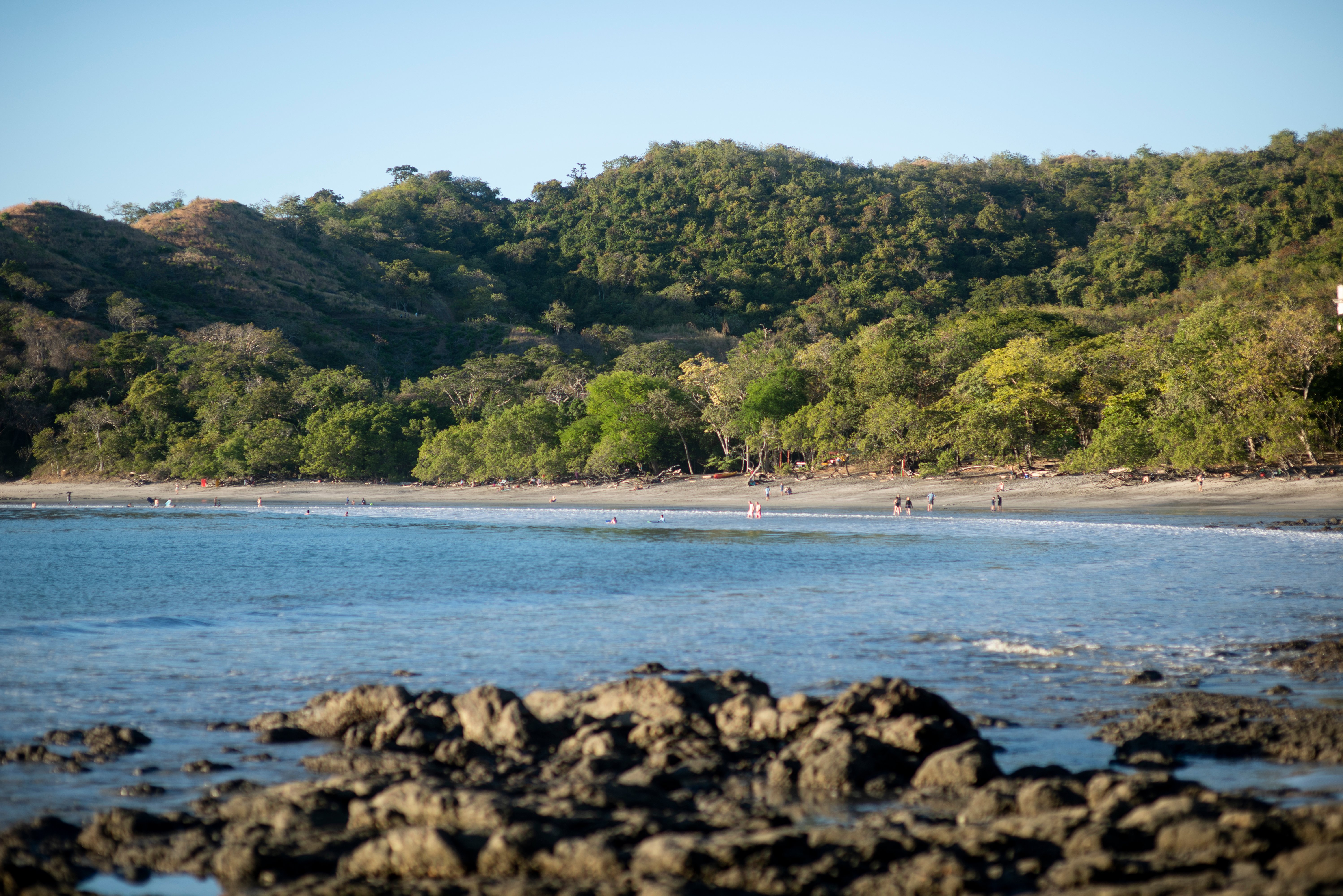Saturday January 13, 2024.
"Las Pintas”: Traditional Agricultural Weather Wisdom in Costa Rica
As we reach January 13th, it is an opportune moment to reflect on the weather of the past twelve days and delve into traditional Costa Rican folklore to forecast the remainder of the year. "Las Pintas" represents an ancient agricultural belief in Central America, offering insights into predicting the year's planting and harvest based on observed weather patterns. Though not rooted in scientific principles, this activity brings a delightful charm to both planting and your overall Costa Rica trip planning experience.
"Pintas" or "Pintas y Repintas" originates from the phrase "cómo pintará el clima," meaning how the weather will 'paint.' This belief suggests that the weather during the initial days of the year offers insights into the atmospheric conditions to expect throughout the rest of the year to predict planting patterns for the year. Today, for numerous family-owned heritage farms throughout Costa Rica, tracking Las Pintas serves to uphold this age-old tradition.
Tracking Las Pintas

From day one to twelve, each day is believed to mirror a month, with an astute analysis of temperature, wind, rain, sun, and cloud cover. Moving on to days thirteen to nineteen, the focus shifts to capturing the essence of a morning and afternoon, collecting notes for two months in one day swiftly. Objectivity is key during this period, despite the typically consistent January weather. Observers hold onto specifics; for instance, foreseeing this weekend’s heat wave hints at warm weather not just in January but extending into February, March, and April. The initial windy conditions in Guanacaste on January 1st set the tone for what could be a breezy month ahead. Heavy clouds tend to be a nod to a rainy month.
January 1st – January
January 2nd – February
January 3rd -- March
January 4th -- April
January 5th -- May
January 6th -- June
January 7th -- July
January 8th -- August
January 9th -- September
January 10th -- October
January 11th -- November
January 12th -- December
January 13th (AM) -- January
January 13th (PM) -- February
January 14th (AM) -- March
January 14th (PM) -- April
January 15th (AM) -- May
January 15th (PM) -- June
January 16th (AM) -- July
January 16th (PM) -- August
January 17th (AM) -- September
January 17th (PM) -- October
January 18th (AM) -- November
January 18th (PM) -- December
The culmination of Las Pintas falls on January 19th, where every hour from sunrise to sunset, or 6 PM to 6 PM, is believed to symbolize a month.
January 19th (6:00 AM to 7:00 AM) -- January
January 19th (7:00 AM to 8:00 AM) -- February
January 19th (8:00 AM to 9:00 AM) -- March
January 19th (9:00 AM to 10:00 AM) -- April
January 19th (10:00 AM to 11:00 AM) -- May
January 19th (11:00 AM to 12:00 PM) -- June
January 19th (12:00 PM to 1:00 PM) -- July
January 19th (1:00 PM to 2:00 PM) -- August
January 19th (2:00 PM to 3:00 PM) -- September
January 19th (3:00 PM to 4:00 PM) -- October
January 19th (4:00 PM to 5:00 PM) -- November
January 19th (5:00 PM to 6:00 PM) -- December

On January 20th, the observations for each day are compiled and systematically compared, forming the foundation for forecasting the weather for the remainder of the year.
Have you gathered any intriguing weather observations from the past twelve days? Make a note of them as we approach the final "repinta" days to further track and analyze the evolving patterns.